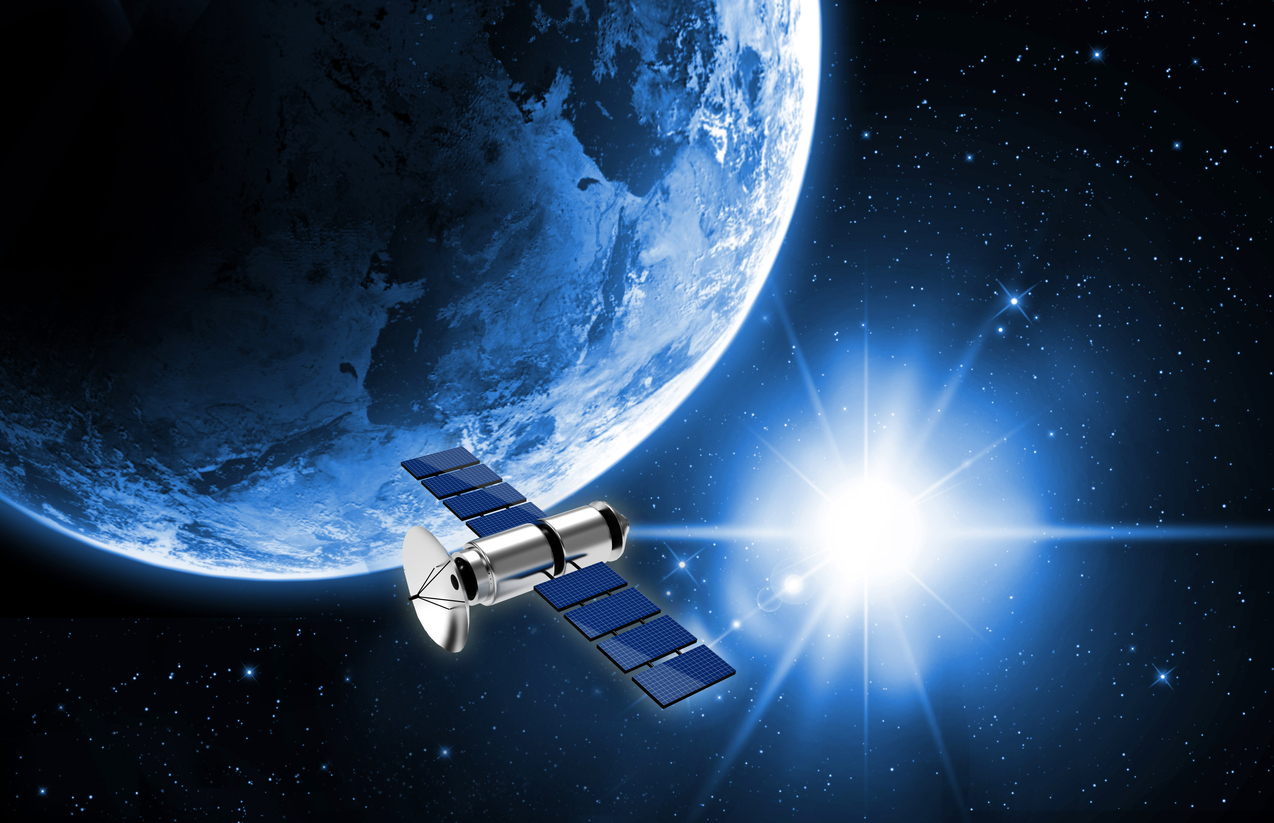2022/11/21
Toward Realization of Space Transportation, Research & Development System Open to the Private Sector is Desired

(The original article in Japanese was posted on November 11, 2022)
On November 7, just one month after the launch of his space trip, astronaut Koichi Wakata aboard the International Space Station (ISS) uploaded images of Japan and the surrounding area taken from the sky above. He said, "I could clearly see millions of city lights" and as his comment tells, the aerial photo of the Tokyo metropolitan area with Tokyo Bay captured in the center, looks exactly like a wide-area map. From the photos, I could recognize my familiar areas including the flow of the Tama River and the city lights along the railway tracks of the Odakyu Line. Guessing where my hometown is, I enjoyed simulated experience of viewing landscapes from space.
Outer space is still something special for most of us. However, a transportation system that takes a route into space is coming closer to the real field of industries. The Ministry of Education, Culture, Sports, Science and Technology (MEXT) has drawn up a roadmap for the realization of an "innovative future space transportation system." According to the roadmap, the "upgraded successor to the existing primary rockets" will be launched by around 2030 with the cost reduced to almost half spent on the H3 Launch Vehicle, and furthermore, development of a “flight system with vehicles that can go back and forth frequently” is aimed to realize by around 2040, which can be applicably utilized for the high-speed P2P (place to place) space transportation services. The cost for launching such reusable type of rockets in the early 2040s is expected to be less than 1/10 of the cost for the H3 Launch Vehicle.
At the third symposium of the Japan Space Liner Association (SLA) held in June this year, the global market size of the future space transportation for the year 2040 was released with forecasts based on input data package presented by the SLA. According to the forecasts, the size of the total market that comprises transportation of people and cargo is estimated to exceed 11 trillion yen. Once materialized, Tokyo to the U.S. West Coast and Tokyo to Europe will be connected in about 60 minutes respectively at an average speed of 9,000 km/h.
Needless to say, there are heaps of issues to be solved, including development of technologies for returning and recovering spacecrafts; formation of systems such as for inspection and maintenance, parts supply, and flight operation; management of ground facilities; and assessment of environmental impact. With the aim of settling these problematic issues, the Japan Aerospace Exploration Agency (JAXA) has started the “Innovative Future Space Exploration Program," calling for research and development proposals not only from space-related industries but also from the outside of space businesses as well as academic research organizations for the development of reusable and cost-reduced rocket bodies.
National Space Policy Secretariat of the Cabinet Office, Government of Japan, has formulated the fiscal year 2023 budgetary request for space-related activities totaling 482.4 billion yen, up 24% from the previous year, of which 6.6 billion yen is allocated for research and development to realize "the roadmap for the future space transportation system.” Without proper knowledge, I am not qualified to evaluate the appropriateness of the budget amount, but then again, I can say investment from the private sector is essentially needed. In order to encourage further participation of enterprises regardless of whether space-related or not, confidence in the project predictability needs to be enhanced. I hope research and development for space exploration will be acceleratingly promoted based on the premise of sharing up-to-date information on the progress of the roadmap through a co-creational approach which is widely open to industry and academia.
This Week’s Focus, November 11
Takashi Mizukoshi, the President